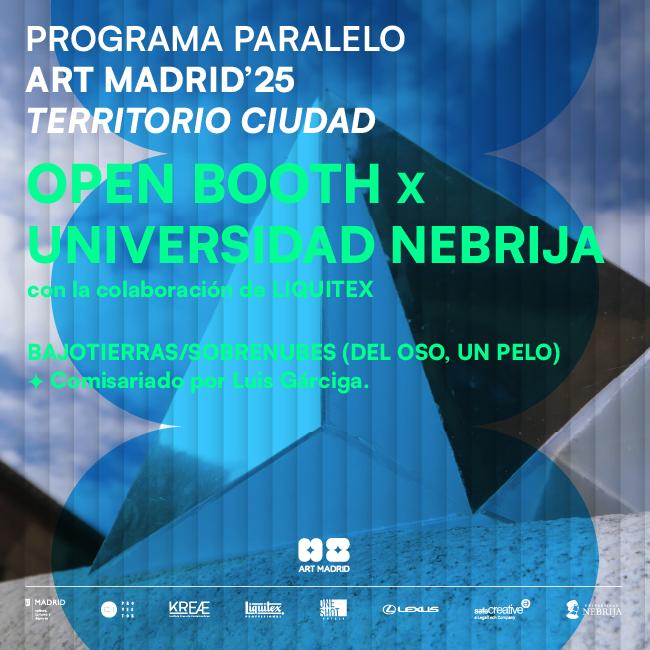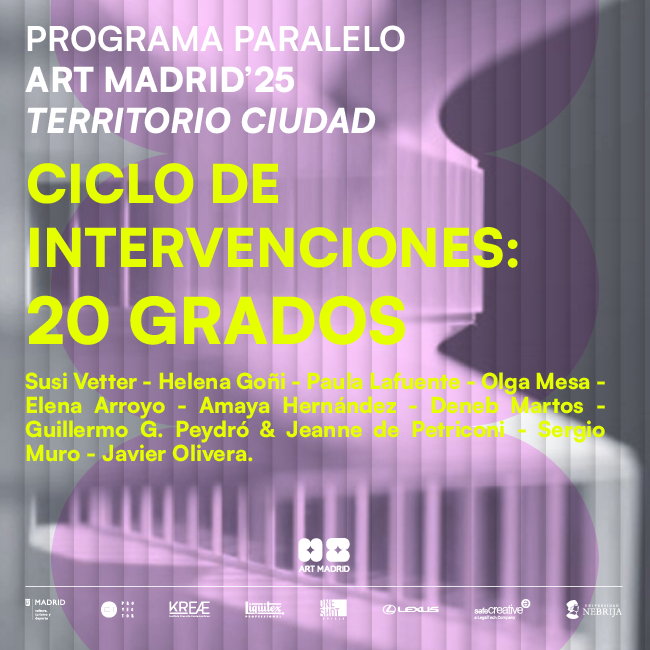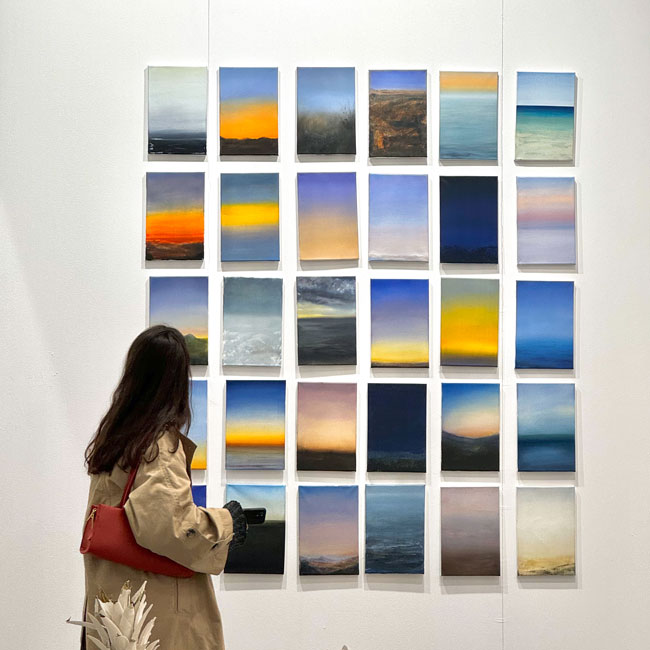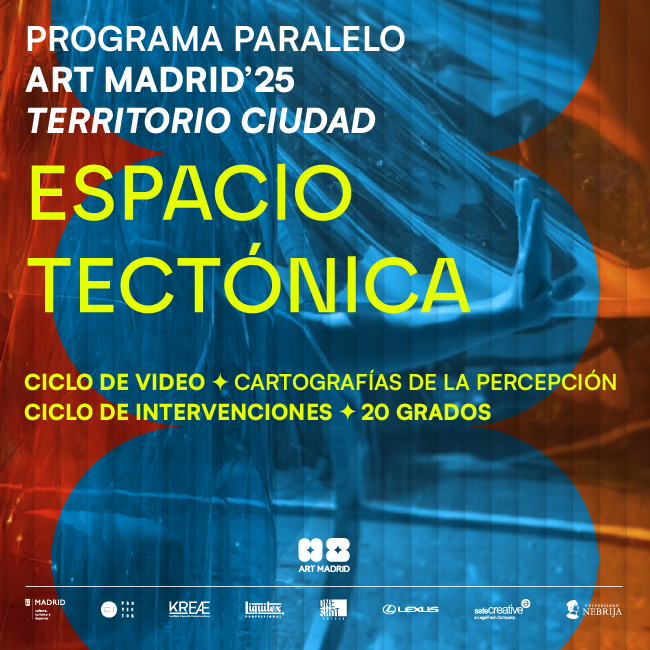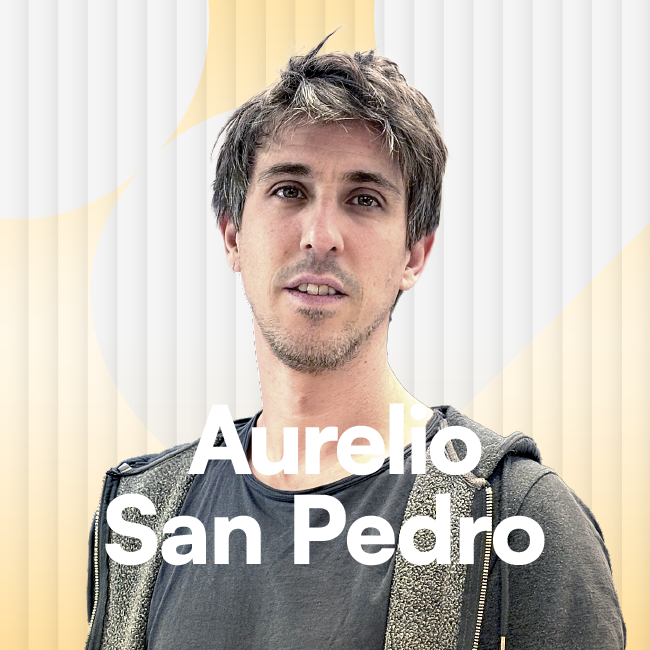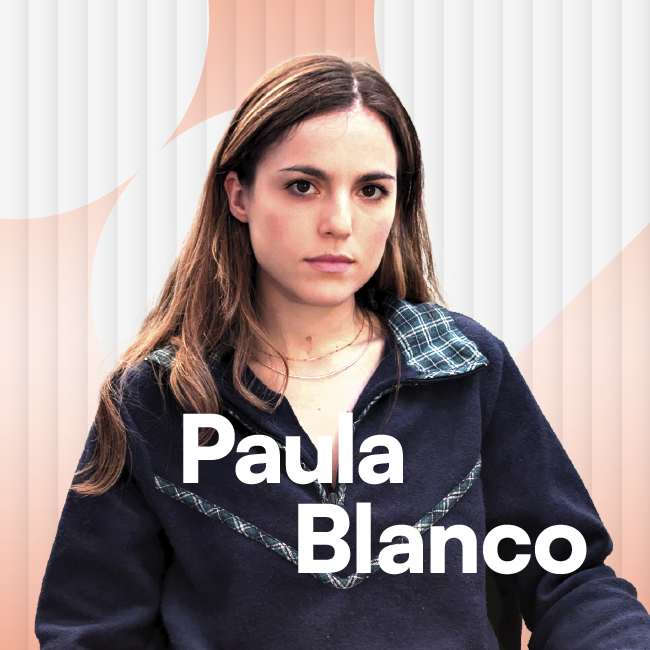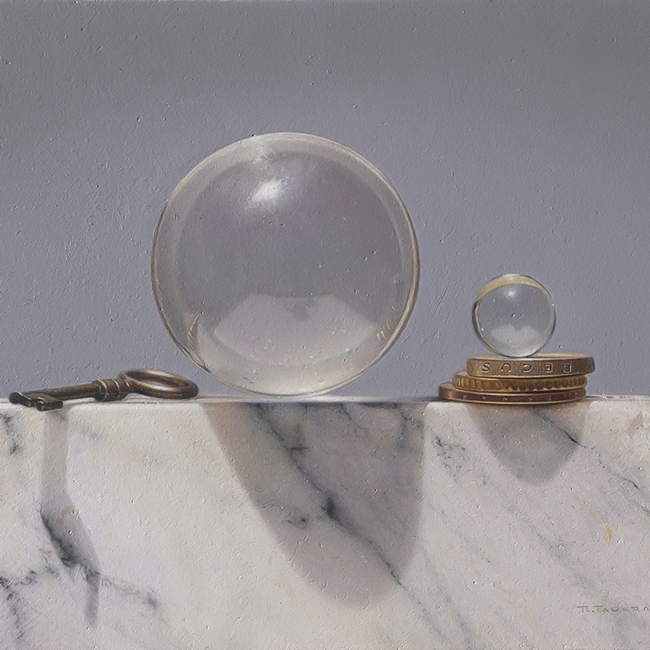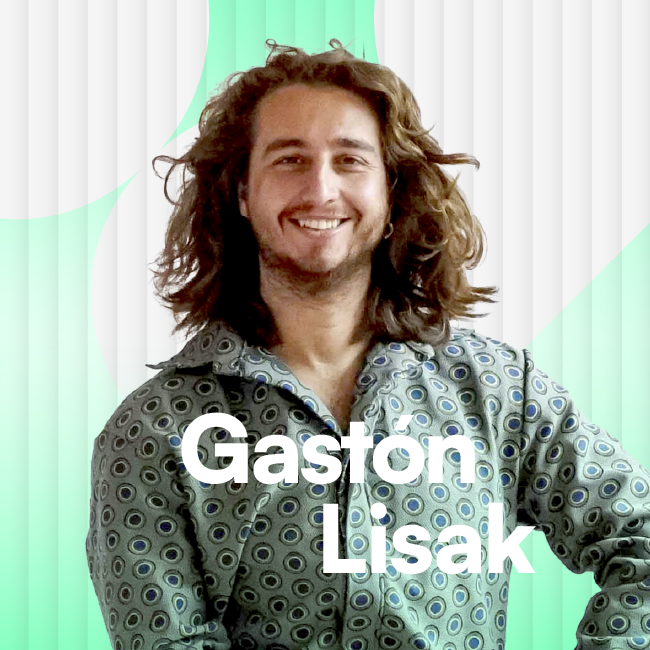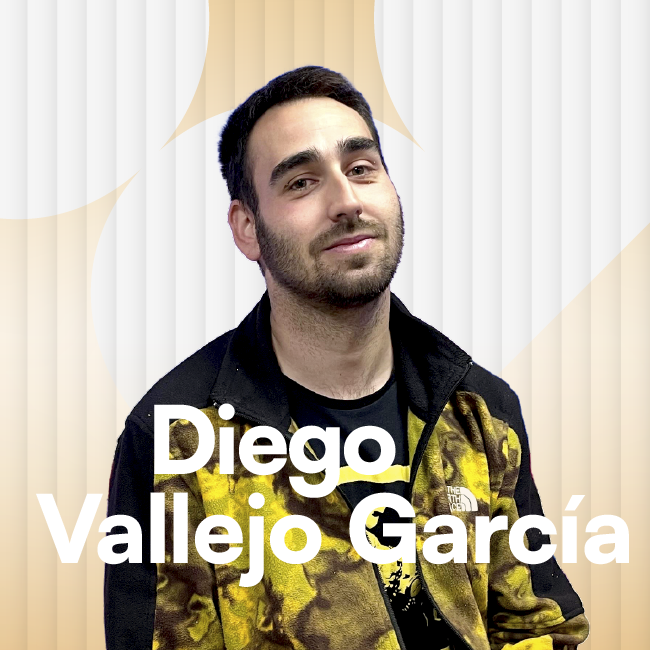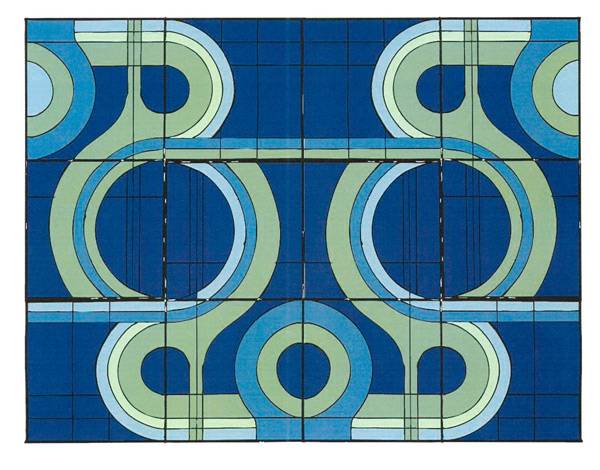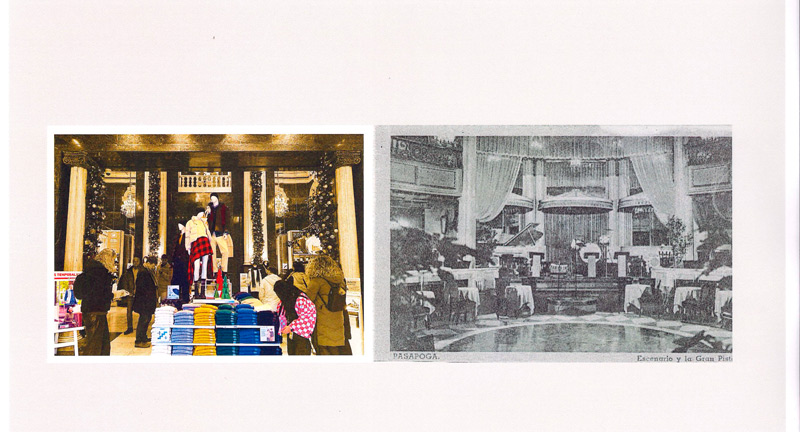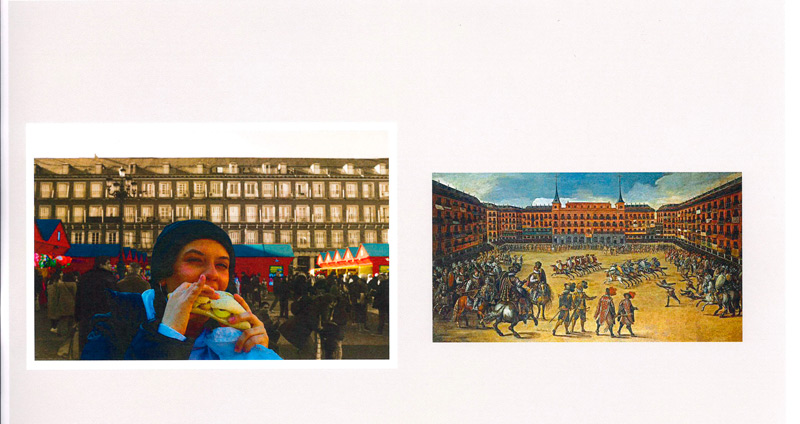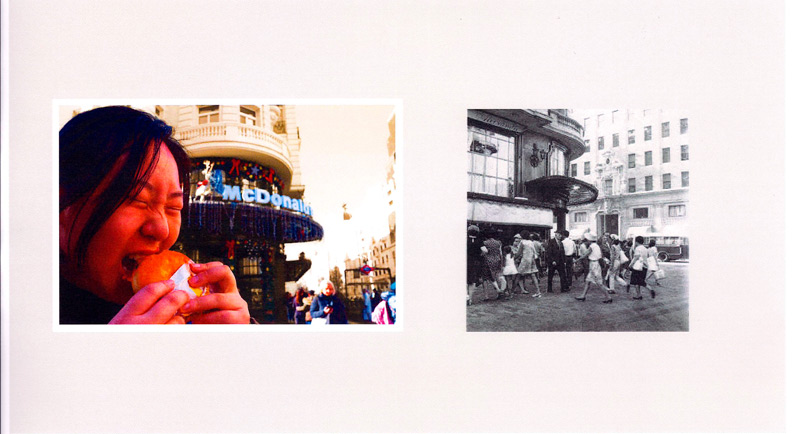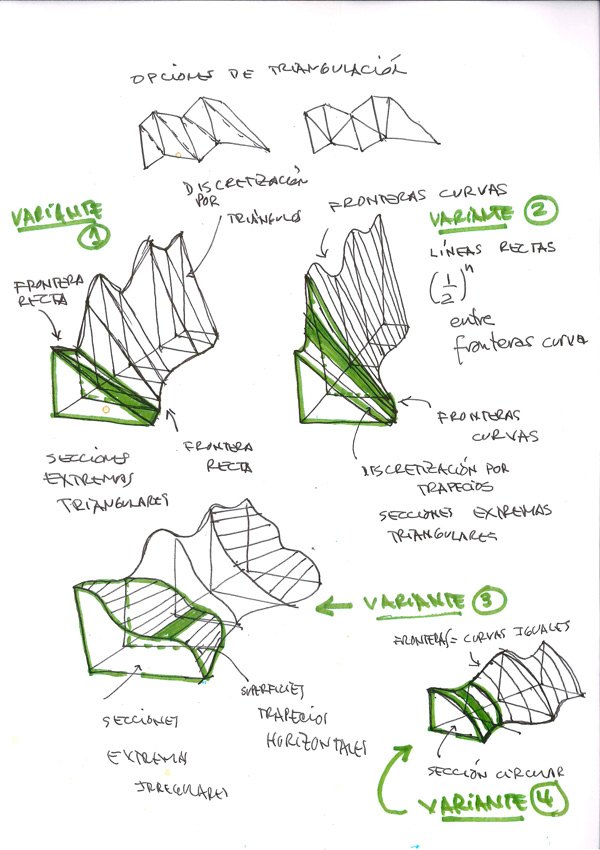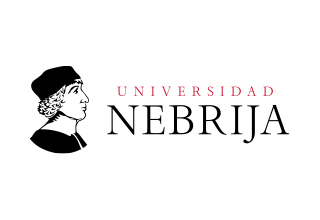THAT TIME WHEN CEMENT WAS THE LAST TREND...
Sep 11, 2018
Breaking News
We suggest a tour of some amazing buildings and monuments at a time when cement was the building material par excellence. In the 60s and 70s, many avant-garde architectural projects opted for a resounding and forceful aesthetic, often with reminiscences of Soviet sobriety, which old Europe channelled into public buildings and monuments of great importance. The material was versatile, ductile, resistant and affordable. On the other hand, its final finish does not require painting for its conservation, and that lowers the costs of maintenance and production. Sometime later it was learned that cement of poor quality is irreversibly affected by "aluminosis", and this resulted in serious crumbles and cracks in many neighbourhoods in the outskirts of large cities.
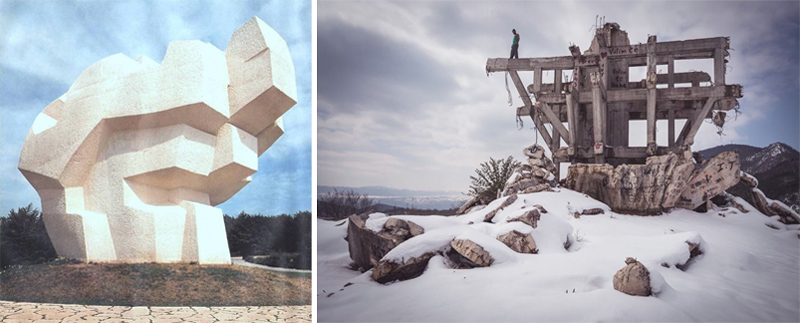
In fact, one of the cases we bring here is the monument to the partisans of the former Yugoslavia who, under the orders of Josip Tito, defended with their lives the bridge of the Neretva River in the battle of the same name, when the German and Italian troops threatened with the occupation in February and March of 1943. The tribute was a colossal fist, futuristic in style, made by the artist Boško Kućanski, winner of an open public call for projects for the memorial. The work was erected in Makljen and was officially inaugurated on November 12th, 1978, in an act attended by Josip Tito himself. The monument was popularly called "Tito’s fist". Today this work has collapsed due to lack of conservation.
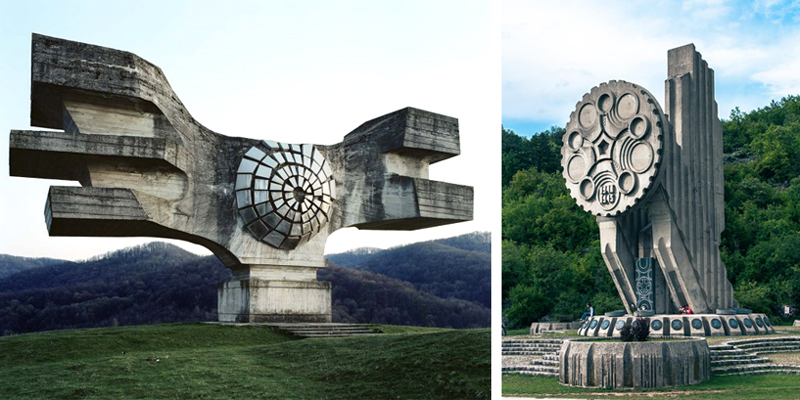
Among the most amazing constructions, memorials occupy a prominent place, because by not having a functional use, they leave more room for imagination and design. The sculptures that homage to the fallen in armed conflicts in Eastern Europe are the most enigmatic. They condense the aesthetic heritage of the Soviet period and the Cold War with a futuristic, cold and robust style that has already become the paradigm of an entire era and we must understand in their own context. These monumental works are known in Serbian as "spomeniks", a term widely accepted to refer to them, and means precisely that, sculptures of large dimensions created to commemorate an event.
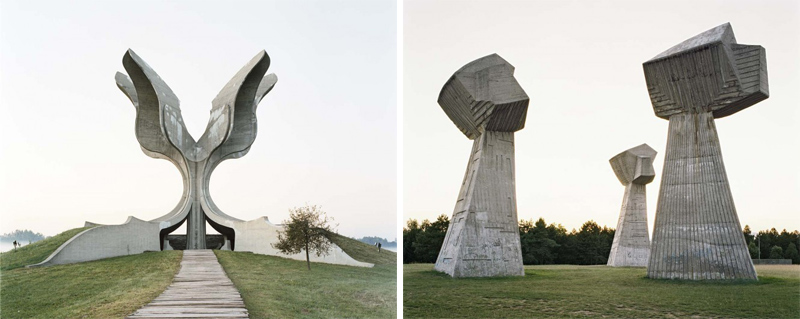
Most of these works are abstract and avoid including specific references to an individual or social group. Likewise, they do not incorporate recognisable elements or reproduce human figures. We must not forget that the societies affected by an armed conflict retain a repository of memory that extends over time and that goes beyond the specific events that took place, and in cases where there are also internal divisions for religious and ethnic reasons, besides the political ones, abstraction seems a good option. Its appearance, however, leads many to be ironical about the extraterrestrial influence of these designs.
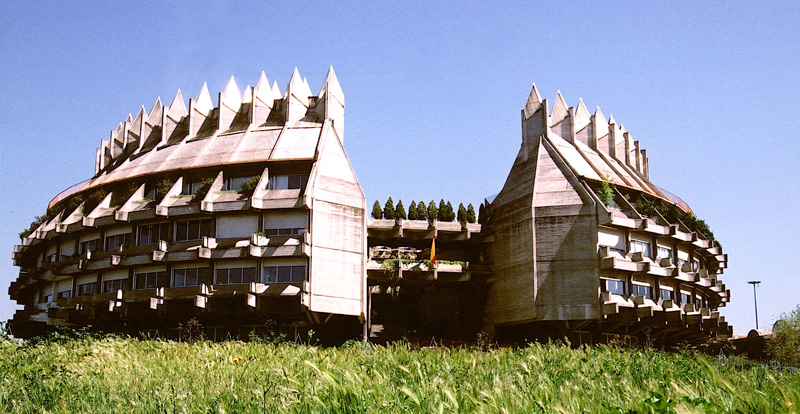
In our country cement also boomed at the time. A good example is the headquarters of the Institute of Cultural Heritage of Spain, located in the university area of Madrid. This building is a project of the architects Fernando Higueras and Rafael Moneo, who obtained in 1961 the National Architecture Prize. Initially conceived to house the "Artistic Restoration Center", the final execution of the design in 1965, which counted on the collaboration of Antonio Miró, reduced its dimensions a little and maintained its circular structure. The building was declared an Asset of Cultural Interest in 2001 in the monument category.

